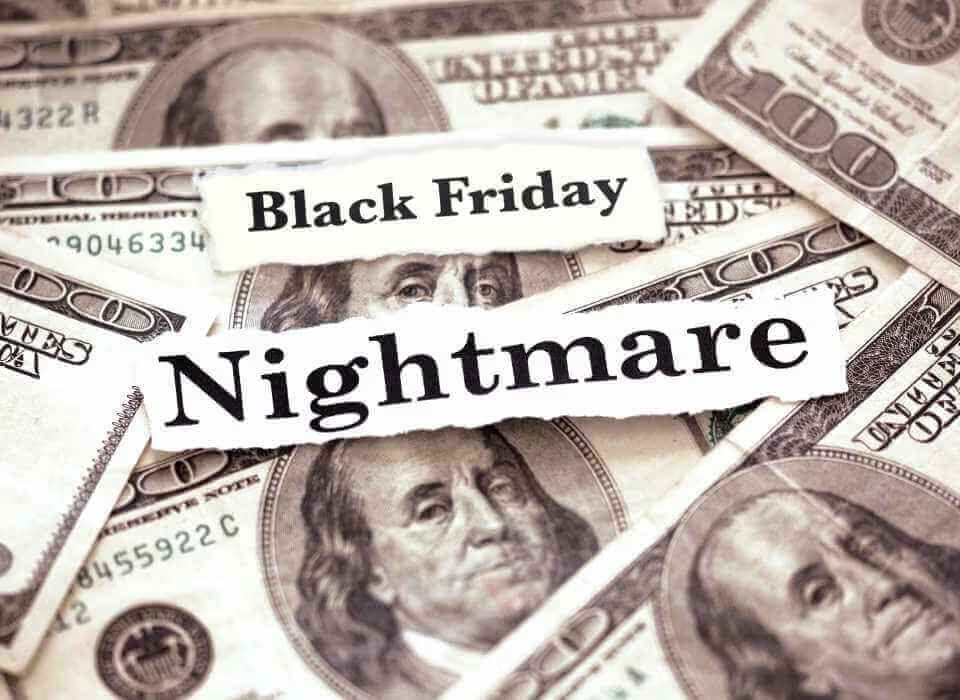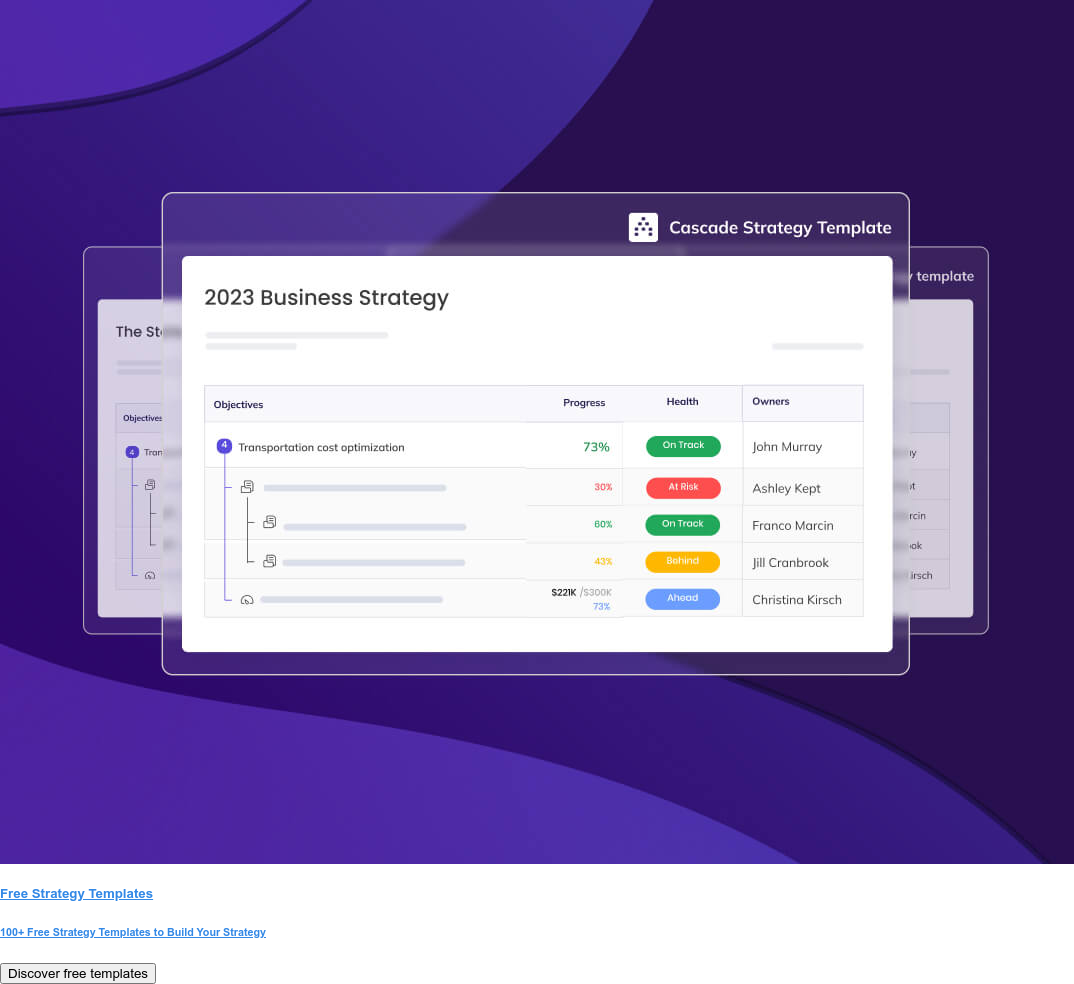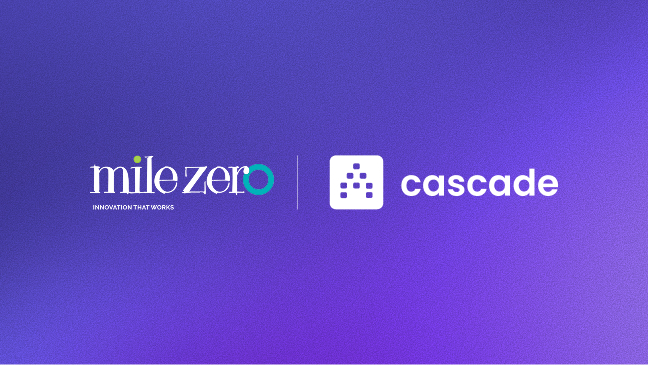Americans are expected to spend $1.3 billion during the 2021 holiday season.
And although people enjoy spending their hard-earned cash, not every business comes out of the holiday season a winner. The competition for the consumer’s attention is fierce.
Some businesses come out of it with long-term damage.
It’s because their Black Friday and Cyber Monday campaigns are ill-chosen tactics, not well-orchestrated strategies.

Here are the 3 reasons those tactics will fail you:
1. They aren’t connected to your long-term strategy
This is the root of everything that’s wrong with it.
You treat your Black Friday campaign - and any short holiday campaign, for that matter - as a spin-off. A quick, little thing that you’ll do and then go back to executing your “real” strategy.
You treat it as a distraction.
Thus, you turn it into a distraction. The metrics you use, the effort you put into it and the way you speak about it internally all stem from that notion. As a result, your campaign is rushed and the results are at best “working” and at worst a harmful experience.
Almost every business suffers from a particular affliction.
The lack of alignment with the company’s strategic priorities of every action, tactic and activity. An affliction that should be turned into an organizational habit.
2. They are poorly planned
Rushed campaigns are poorly planned campaigns.
Poorly planned campaigns are underperforming campaigns.
When you try to come up with a marketing campaign in a matter of a few weeks - or days, god forbid - you end up focusing too much on the messaging and too little on your strategy.
So, you come up with a brilliant (not really) strategy. Have a bigger discount than our competitors. Are they offering a 50% sale? We‘ll offer a 70% sale (wow!). This is a lazy tactic. Here’s the problem with competing on price:
It’s a race to the bottom.
You don’t want to play the “who screams the loudest” game. Businesses with good tactics raise their value offer, not their marketing voice. They don’t just drop their prices. Instead of offering your products or services almost at cost price, craft unique offers.
Think of it as stacking value on your offers. Limited bundles and unique products are great examples. Offering benefits like gifts, loyalty points or any kind of perks work marvelously as well.
But this approach doesn’t work on its own.
When you haven’t planned your campaign early on, you’re basically playing a guessing game. You ASSUME you know what will work best with your customers. In reality, you don’t have any data to back your ideas up.
You’re basically shooting and praying.
That’s never a good business strategy. Respect your customers and educate yourself by running a few experiments beforehand.
Gather as much as data you can to understand your customers. What do they value most? What do they expect and want to see more from you?
Start by identifying the trends in your industry and then work yourself down to your niche and your specific audience. Go deep into your target audience and inform your marketing decisions.
When your campaign is rushed, your messaging is bad. Copywriting is a languaging art. Forcing it and building it in a rush rarely works well. Plus, you’re again playing the guessing game. You need a lot of experience to counter the “guessing” part.
Additionally, your message will be disconnected from your overall business vision. That inconsistency will be spotted by your customers and hurt your long-term conversion rates.
3. At best, you get a spike in sales
And that’s only when, by some miracle, your campaign performs.
More likely, though, it won’t perform and you’re going to lose on a massive opportunity or do some longer-lasting damage to your business. In other words, there are several dangers lurking.
You will destroy your profitability.
This is the most immediate danger. And what the phrase “race to the bottom” is all about. Black Friday strategies that rely on discounts can chip away your profit margins.
At the same time, extraordinary discounts teach your customers to wait and buy from you only when you offer those big sales. This hurts your profitability all year round, not just on holidays.
You will mismanage incoming traffic.
On the off chance that your campaign brings in a lot of traffic - online and in-store - you will likely be ill-equipped to manage it properly. It isn’t uncommon even for big brand names like H&M, Walmart and Lululemon to have website crashes due to incredible spikes in traffic volume.
Similar problems occur in physical stores as well. They are understaffed and understocked, providing a lousy customer experience. A lot of brands fail at managing increased traffic every single year. Even big brand names like Tesco and M&S have faced these kinds of problems.
You will hurt your brand.
Both of the previous dangers have a long-lasting effect on your brand awareness. Every point of contact you have with your customers reinforces certain brand traits. People associate your brand with specific feelings and expectations.
Your messaging dictates a lot of that as well. Inconsistencies and mistakes create the impression that your company has lost its way, stands for nothing and is all over the place. Especially when a “creative” message turns out to be more offensive than innovative.
You will learn nothing about your customers.
It’s one glorious opportunity lost. You run a worthless campaign that gives you no insight into the preferences of your niche audience and instead, you run around terrified trying to put out fires.
You lose the opportunity to differentiate yourself and foster deeper relationships with your customers. Your brand gets no real value out of it - if it’s not damaged - and you fail to provide a supreme quality customer experience.
You will simply hurt your business.
That’s why you need to develop a coherent strategic plan and align your holiday marketing campaigns with it. When you map your actions and tactics to your longer-term objectives in a dynamic platform like Cascade, you can more accurately assess their impact on your business.
Good anti Black Friday strategy examples

Maybe one of the most famous Anti-Black-Friday advocates.
Each year CAH comes up with a new stunt. Customers sit at the edge of their seats, eager to find out how this brilliant company will mock Black Friday. What’s so special about their approach is that they're over the top, parody-like tactics are consistent with their brand.
CAH is a funny, highly satiric brand that expresses it in every marketing message they broadcast. For example, in 2020, they opted out of their usual Black Friday stunts and instead of spending money on marketing, they offered $250,000 to charities.
Acknowledging the rare and tough times that everybody was going through.
Recreational Equipment, Inc. (REI)

Their #OptOutside campaign is so successful, they run it every year.
For 6 consecutive years.
In the words of REI’s CEO, Eric Artz:
“What started as a special moment for employees has become a movement for the [REI] co-op community to come together and prioritize action on the things that matter most.”
REI closes down its stores every year on Black Friday and urges people, employees and customers alike to go out and enjoy some leisure time in nature.
And every year, they get free exposure from people using the #OptOutside.






.png)
.jpg)
.jpg)



